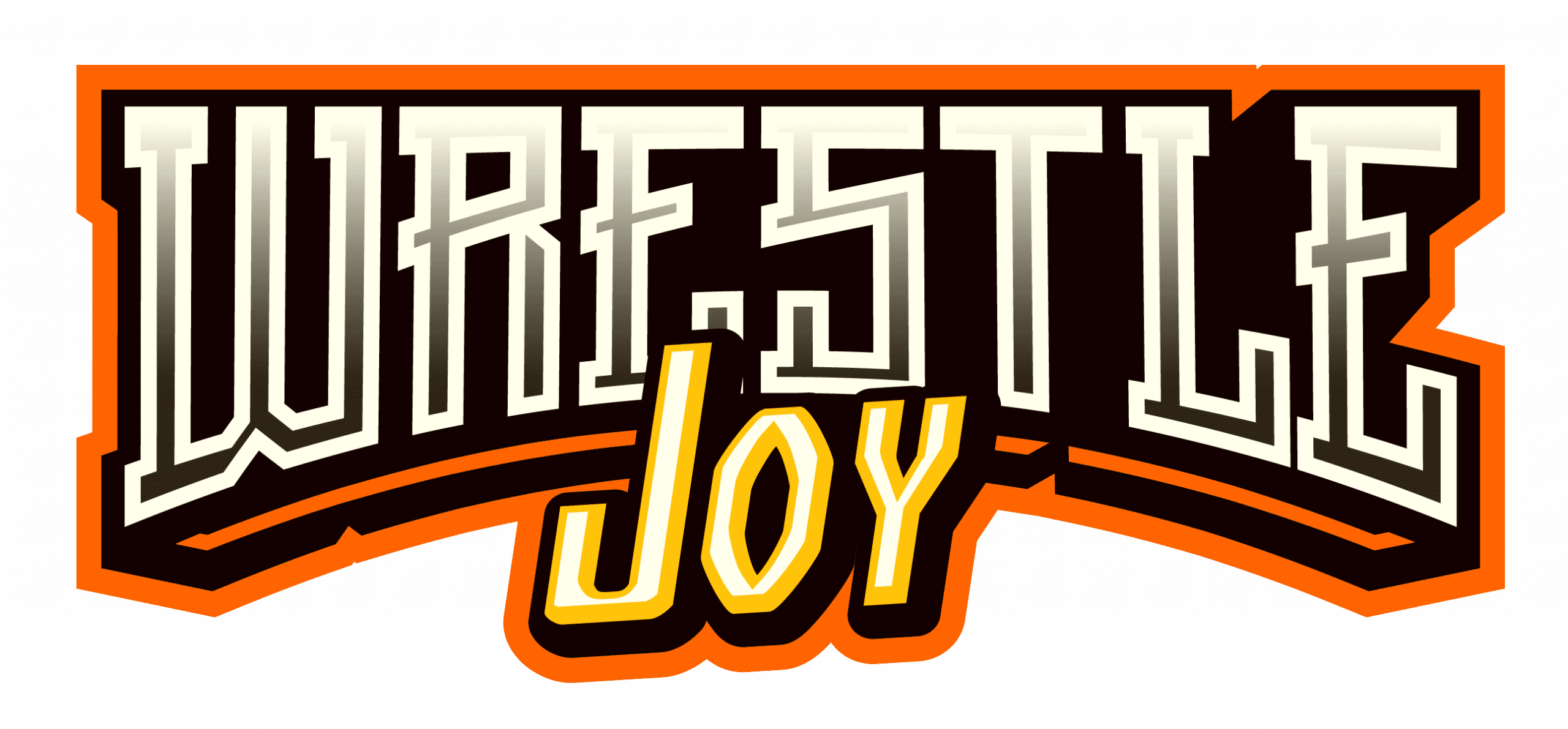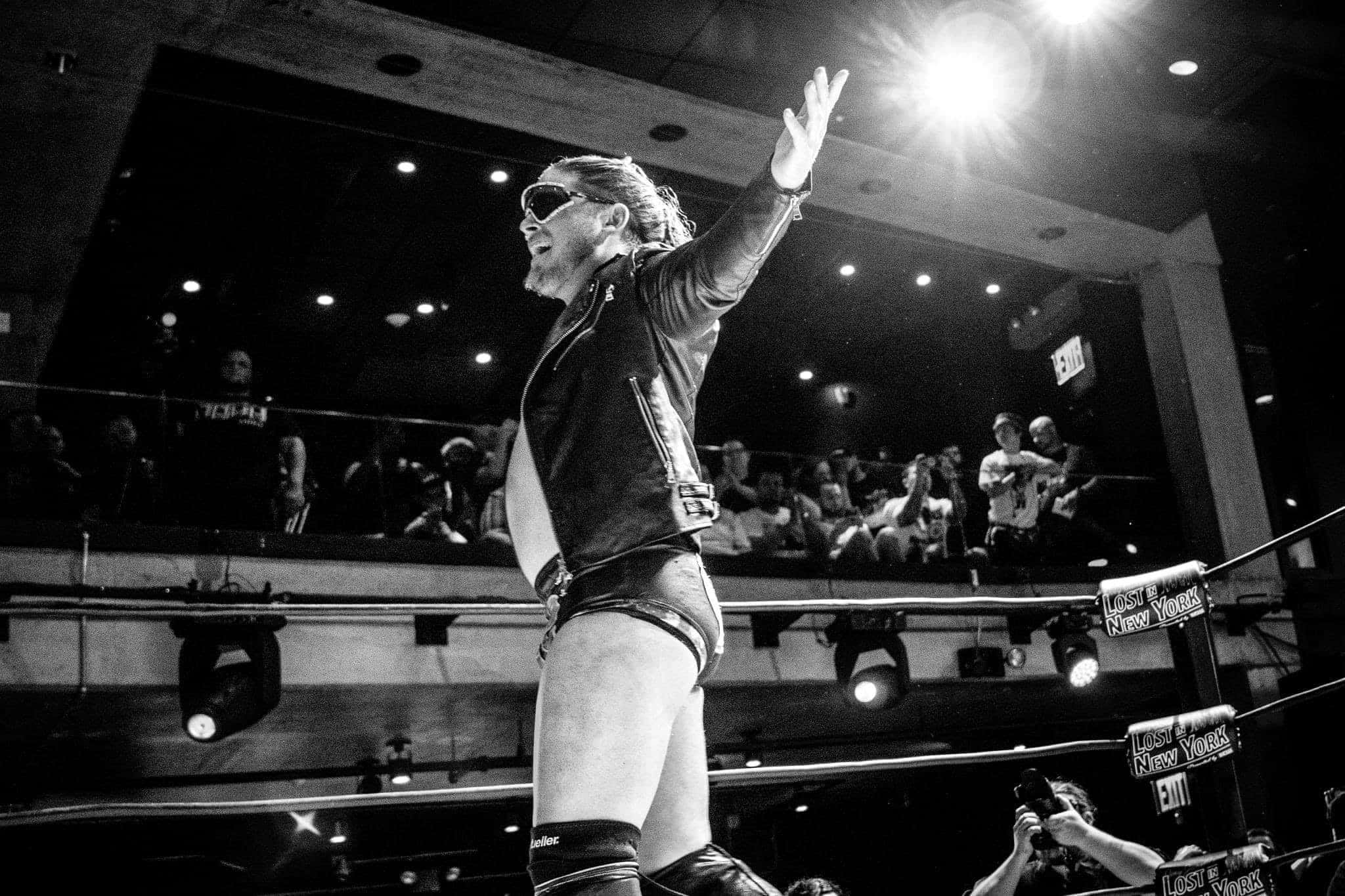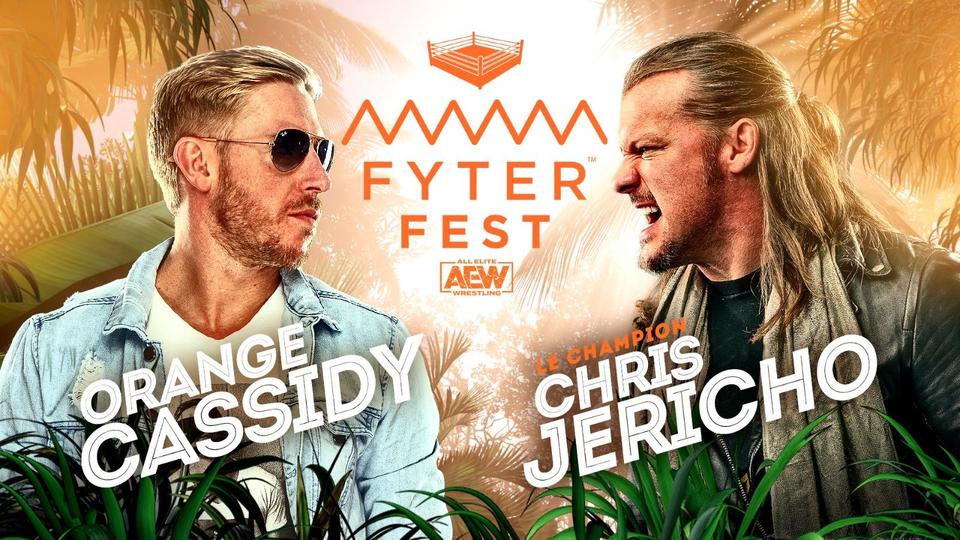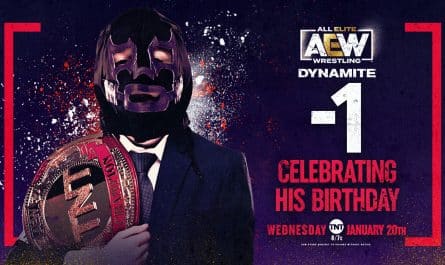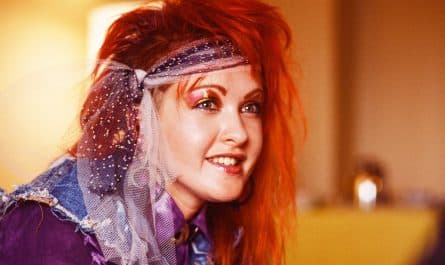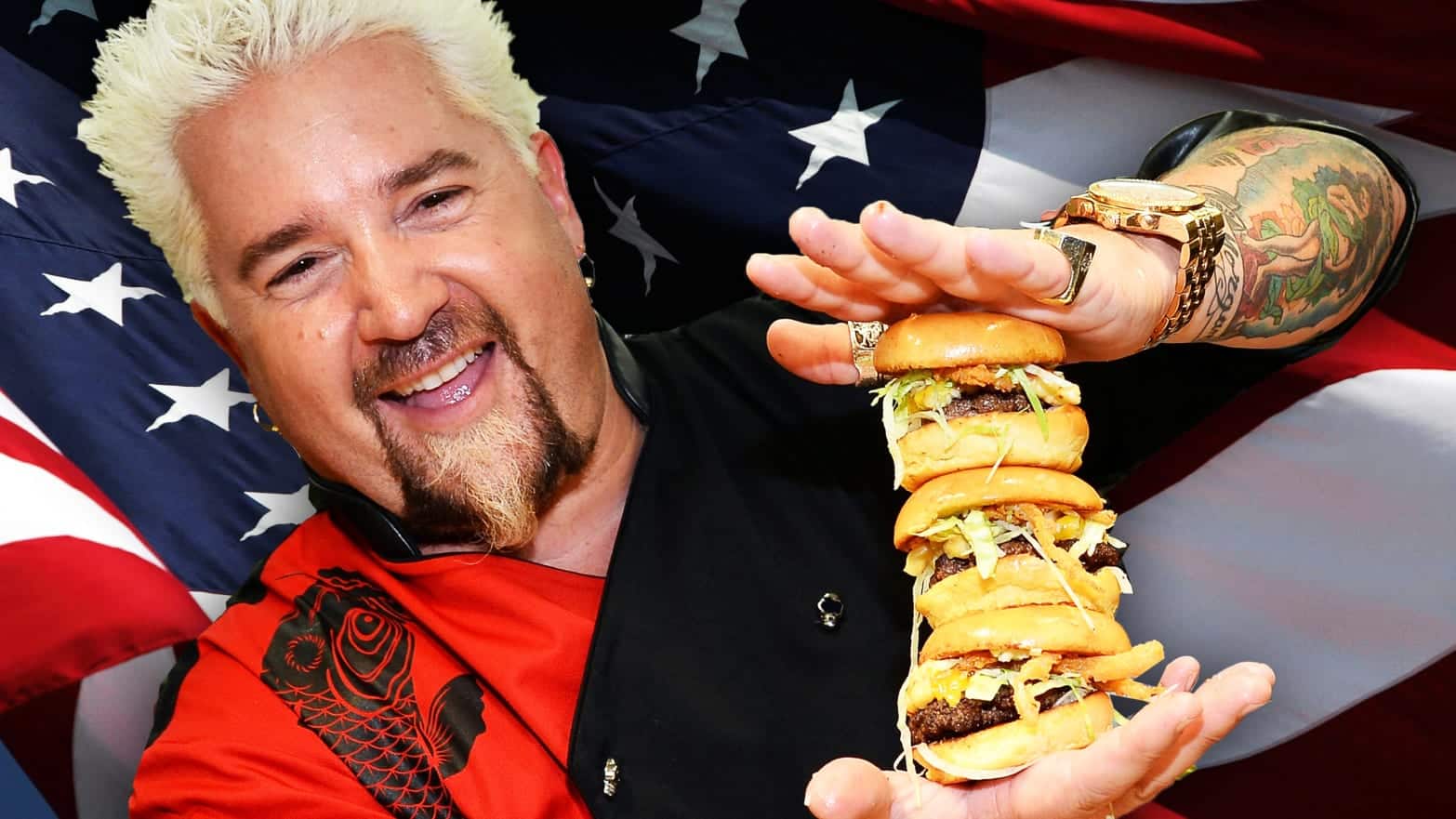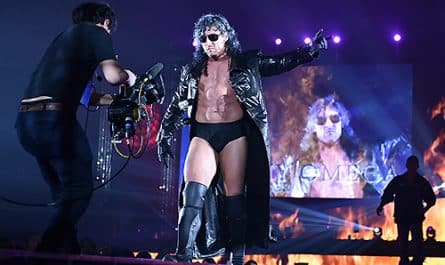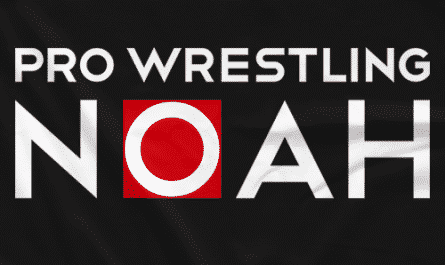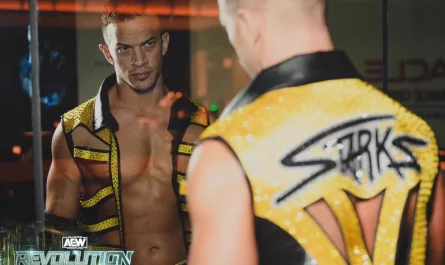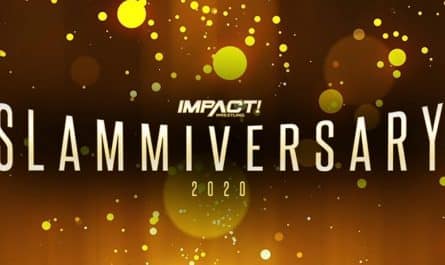“I’m a big, fat piece of shit!”
Those words defined the man called Vader for the WWF audience. Two years earlier, Leon White was the hottest free agent in wrestling, perhaps in wrestling history.
After a run with then-champion Hulk Hogan, the former two-time WCW World Champion had left the company. On paper, Hogan and Vader were a perfect fit. Hogan had created a formula a decade earlier in the WWF as a monster slayer that made both him and the company millions. In WCW, Vader had an aura and mystique around him from the day he arrived from Japan. Violent feuds with Sting and Cactus Jack cemented his reputation in the states not only as a dangerous individual but as the best big man performer in the game.
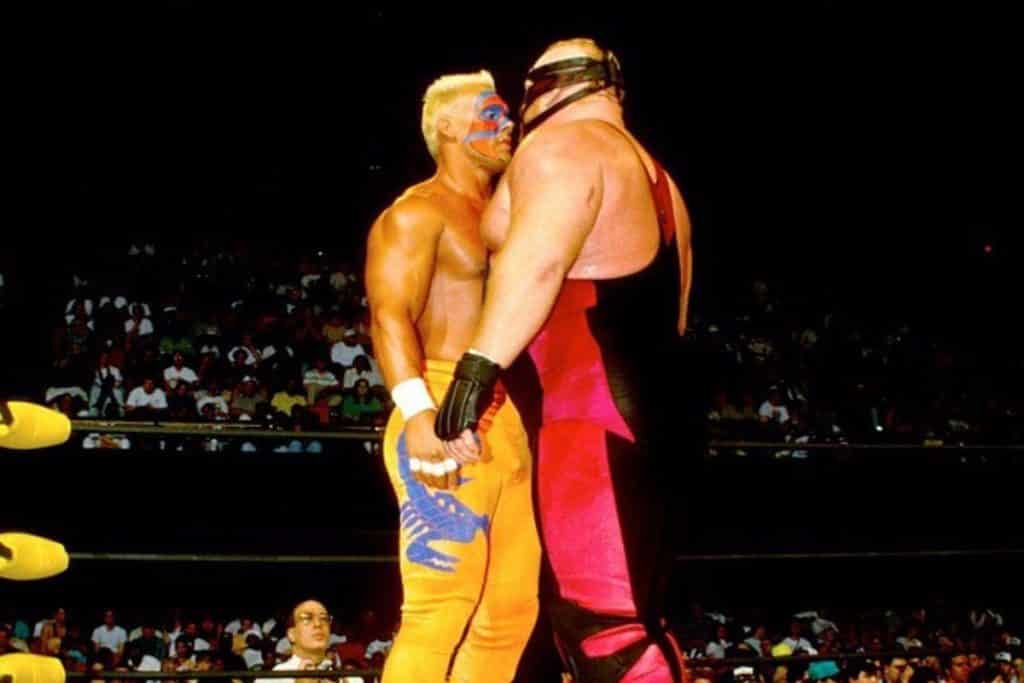
A trail of injured enhancement talents and the real-life broken back suffered by Joe Thurman sealed the narrative. But his Starrcade 93 match with Ric Flair showed that Vader was more than just a big guy who could move. He was one of the best storytellers on both continents. The two should have been perfect together, as Hogan had yet to find an ideal rival in the company. However, their matches never quite clicked and had strange over-booked finishes that had more to do with politics than storytelling. Rumors swirled that Hogan was afraid the Mastodon was just too dangerous in the ring. Between that and a backstage fight with Paul Orndorff, Vader was out of WCW.
Many pundits thought Vader may return to his birthplace, New Japan Pro Wrestling. Instead, Vader signed with Vince McMahon and the WWF. In retrospect, it was an odd move. Vader built his reputation as a killer heel who destroyed his opponents. In his in-ring debut, Vader decimated Antonio Inoki, sparking a riot that got NJPW banned from Sumo Hall. In WCW, Vader was a dominant heel champion who crushed anything in his path, including Sting. However, the WWF was a different promotion.
Vince McMahon’s formula for success followed in the tradition laid out by his father in the 1960s. A villain would arrive in the Northeast and wreak havoc upon the roster until he met Bruno Sammartino. The hero from Abruzzi, Italy, would send the challenger packing, and the process would repeat from the early-60s to the mid-70s. McMahon copied the same philosophy with Bob Backlund, and his son did the same with Hogan. However, McMahon found himself in need of change in the early 90s. Bret Hart was never portrayed as a Dragonslayer in the same vein as Hogan. When McMahon needed to transition the title from Hart-to-Hogan, he used Yokozuna as the intermediary. Hogan would drop the belt back to Yokozuna, who again was just supposed to keep it warm for the next monster-killer, Lex Luger.
However, the Luger experiment didn’t work, and the WWF kept the title on Yokozuna for nine months. The sumo master would be the longest-reigning heel champion in WWF history since Superstar Graham two decades earlier. However, the title would then switch between Hart, Diesel, and Shawn Michaels. Aside from a brief Backlund reign, the belt remained with a babyface.
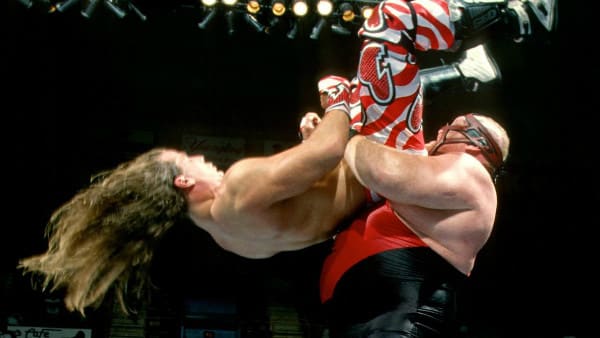
According to the McMahon booking philosophy, Vader’s arrival seemed to make sense, as Shawn Michaels needed a monster to fight. However, it seemed like this marriage wouldn’t work from the get-go. After making a stunning debut at the Royal Rumble, Vader needed to leave for shoulder surgery. When he returned, the program with Michaels kicked off for Summerslam. The initial plan was for Vader and Michaels to meet at the consecutive major shows. However, those plans went out the window after Summerslam as the petulant Michaels refused to work with Vader afterward. While the two did not have great in-ring chemistry, the booking didn’t make sense. The sight of the two-hundred-pound Michaels chasing away the four-hundred killing machine looked odd. Why would Vader beg off Shawn Michaels? The program derailed, and the spot went to Sid, and Vader never re-entered the title picture. A brief stint in Kuwaiti jail didn’t help.
Vader kicked around the company until mid-1998. Most fans think the “fat piece of shit” line came near the end of his tenure with the WWF, but it wasn’t. Vader spent most of his time with the WWF hurt or trying to lose weight. Vader remained with the company for another six months after falling to Kane and uttering the line before dropping a scarcely remembered match to Edge on Sunday Night Heat on his way out. With the Attitude Era in high gear, most American fans assume Vader soon faded from pro wrestling. The truth is much different. What most Americans fail to realize is not only did Vader’s continue to thrive, but some of his best work as a performer came after he left the WWF.
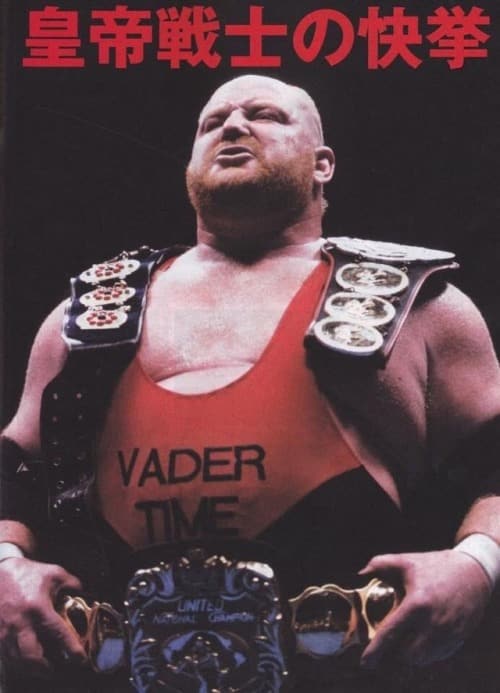
In 1998, Vader returned to Japan. Instead of going back to work for Antonio Inoki and New Japan, Vader signed with rival promoter Giant Baba and All Japan Pro Wrestling. The mid-to-late 90s are considered the golden era for All Japan. Kenta Kobashi, Akira Tuae, Toshiaki Kawada, and the perennial Mitsuharu Misawa, the “Four Holy Pillars,” competed in some of the most electric matches in the history of professional wrestling. For most of the 90s. All Japan was widely seen as the best company not just in Japan but in the world. A big part of Baba’s “King’s Road” formula was a healthy mix of top American talent to work with his homegrown stars. It was in All Japan that Vader was reborn.
In December of 1998, Vader debuted for All Japan, teaming with Stan Hansen. The rugged Texas veteran actually knocked Vader’s eyeball out of his skull during a match in 1990. The two quickly won the Real World Tag League, defeating Kobashi and raising star Jun Akiyama in the finals. Vader immediately rose through the All Japan ranks, becoming the top challenger to the Triple Crown Championship. This Vader was sleeker and back his killer ways. This Vader was a working machine, bumping and feeding the All Japan babyface and putting on some of the best matches of his career.
In March of 99, Vader defeated Taue in a tournament final to win the vacant Triple Crown Championship, the same way he won his first IWGP title. Vader became the first man to hold both Japanese World Titles. During this run, All Japan without Baba would continue to do big business with Vader terrorizing the company. The true Vader had returned. The monster put the failures of a company that didn’t understand him in the past. The Mastodon was reborn.
The face of All Japan would change forever on January 31st, 1999. Just over a month after Vader debuted for the company, All Japan founder and spiritual leader Giant Baba would pass away. Professional wrestling in Japan would never be the same.
On May 2nd, Vader lost the Triple Crown to Misawa in a match that headlined the Giant Baba Memorial Show. 65,000 fans packed the Tokyo Dome to see Misawa, the stoic hero challenge for the title that he defined on the night his mentor would be lionized. The match is an epic twenty-minute encounter showing what could have happened with the likes of Bret Hart and Shawn Michaels had the WWF understood the character and the man that was Leon White.
Misawa, tired of the beating he’d received at the monster’s hands and tired of the losses his company had received not just from this foreign invader, raged back. Misawa not only battles from himself but fights for the crowd, rallying against how fate itself cruelly robbed the world of Baba. Misawa channels the Dome’s energy, delivers one more roaring elbow and slays the monster. The crowd erupts, knowing they’ve seen greatness. The Vince McMahon booking philosophy did work. It was just Misawa’s turn to put the dragon down.
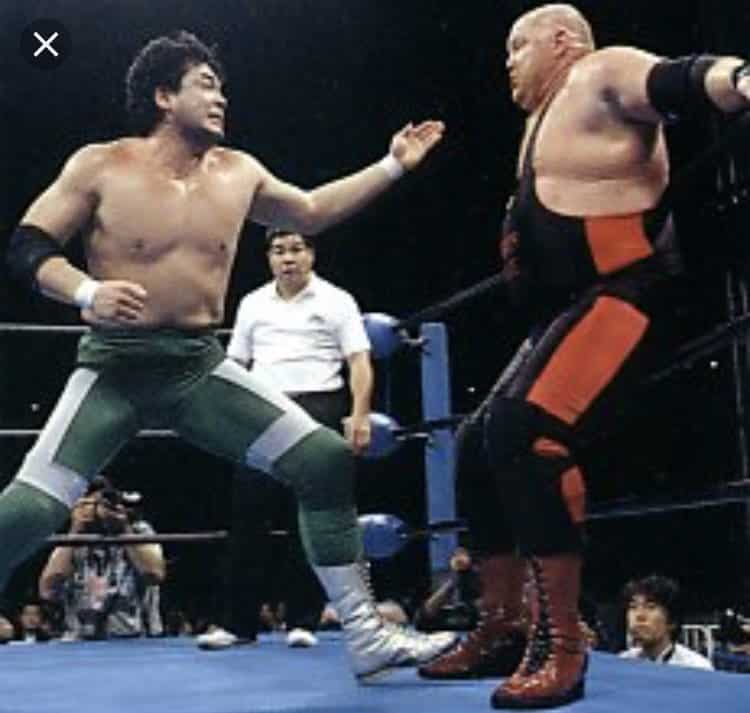
Vader would win the title back from Misawa before dropping it to Kobashi. Vader would then take time off from the company. However, business between Misawa and Baba’s widow soured beyond reconciliation. Misawa and most of the crew that made up All Japan left the company to form Pro Wrestling Noah. Vader would follow Misawa into the new company and would be the one to suggest using the initials GHC or Global Honored Crown to represent the company’s top prize. Vader spent much of his Noah run teaming with 2 Cold Scorpio, winning the first GHC tag belts. Vader would also challenge Kobashi, Jun Akiyama, and Misawa again before stepping away as a full-time competitor in 2003.
In 1996, the WWF acquired the greatest big man wrestler in history. But even with their own formula, they failed to maximize his talents. While many write off Vader’s WWF run as a failure, it set the stage for one of pro wrestling’s most remarkable comeback stories.
